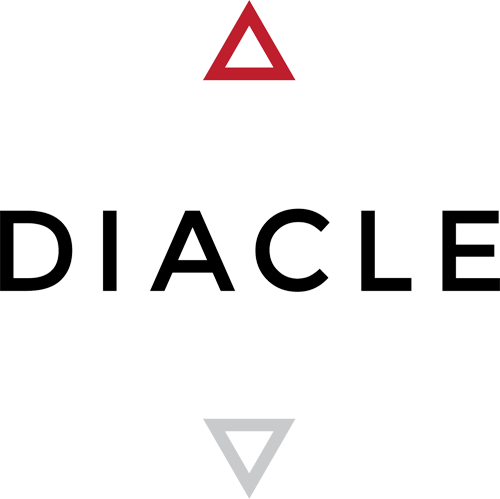Blockchain Zeitgeist – SETL.io or SETLcoin
SETL.io is a company based in the UK digitising fiat currency and assets. It has been operating its business for some time now. On 19 November 2015, Goldman Sachs filed a patent in the US called ‘SETLcoin’ devising a system not dissimilar to SETL.io: whereby digital currency assets are issued by credible issuers (US Treasury) and they can be currency assets or securities (a.k.a ‘meta’ assets) and the purpose of the system is to guarantee and make settlements systems more efficient (exactly what SETL.io are aiming towards).
Understanding that patents are within every businesses’ right, what appears to be the problem is that many people all around the world are having the same ideas, a so-called blockchain zeitgeist. When we ran the first blockchain hackathons in London, Hong Kong, Malaysia and India (see hackcoin.io) it became commonplace for participants in different parts of the world (without any direction) to either want to digitise assets to improve settlement systems or to build crowdfunding engines or in-person exchange services. There is an incredible amount of overlap in the blockchain industry, that may not be malicious (I hope) but simply coincidental and confirmation that real value lies behind the blockchain. (Maybe Goldman should consider investing in SETL.io, as they did with Circle, as there is certainly a meeting of the minds.)
See relevant extracts from patent application below:
[0020] In one or more embodiments, the described technology adapts and/or generates cryptographic wallet which holds a new cryptographic currency (CC) (i.e., an SETLcoin) and corresponding cryptographic protocol for exchanging securities between nodes on a peer-to-peer network. Rather that representing a single transferable, object an SETLcoin wallet holds multiple positionable items (e.g., a security item, such as a share), herein referred to as a Positional Item inside Cryptographic currency (PIC), and a position (i.e., a quantity of the PIC represented by an SETLcoin wallet). A PIC is an agreed upon reference used by the peer-to-peer network to refer to, e.g., a particular security. For example, “IBM” (the stock market symbol of the company by the same name) can also be a PIC used by the peer-to-peer network to refer to IBM stock. A PIC, in some embodiments, is determined (and invalidated) by an issuer. An issuer (e.g., a company, underwriter, municipality, government, etc.) can have multiple PICS to represent different types of securities. For example, IBM stocks can be represented by PIC “IBM-S” and IBM bonds by PIC “IBM-B”. In some embodiments, PICS are issued (and destroyed) by highly authoritative entities. For example, dollars available on the SETLcoin network represented by, e.g., PIC “USD” may be authoritatively issued by, for example, the U.S. Treasury. However, the described technology can issue PICS based on various other techniques (e.g., network node agreement, exchange regulation, lease or purchase, auction, etc.) and can be named based on, e.g., a company’s name, its market symbol, its branding, its security name, availability, or a preferred format (e.g., length, abbreviation, etc.).
[0027] When an SETLcoin is first created (i.e., by an issuer) there are no previous owners from which to verify ownership in the ledgers. In one or more embodiments, the issuer can maintain the same private key for digitally signing each SETLcoin as it is issued and entered into in the ledgers. That private key, in turn, can be validated by mutual agreement between the nodes, by a trusted third party (e.g., the Securities and Exchange Commission), or by one or more other security mechanisms.
